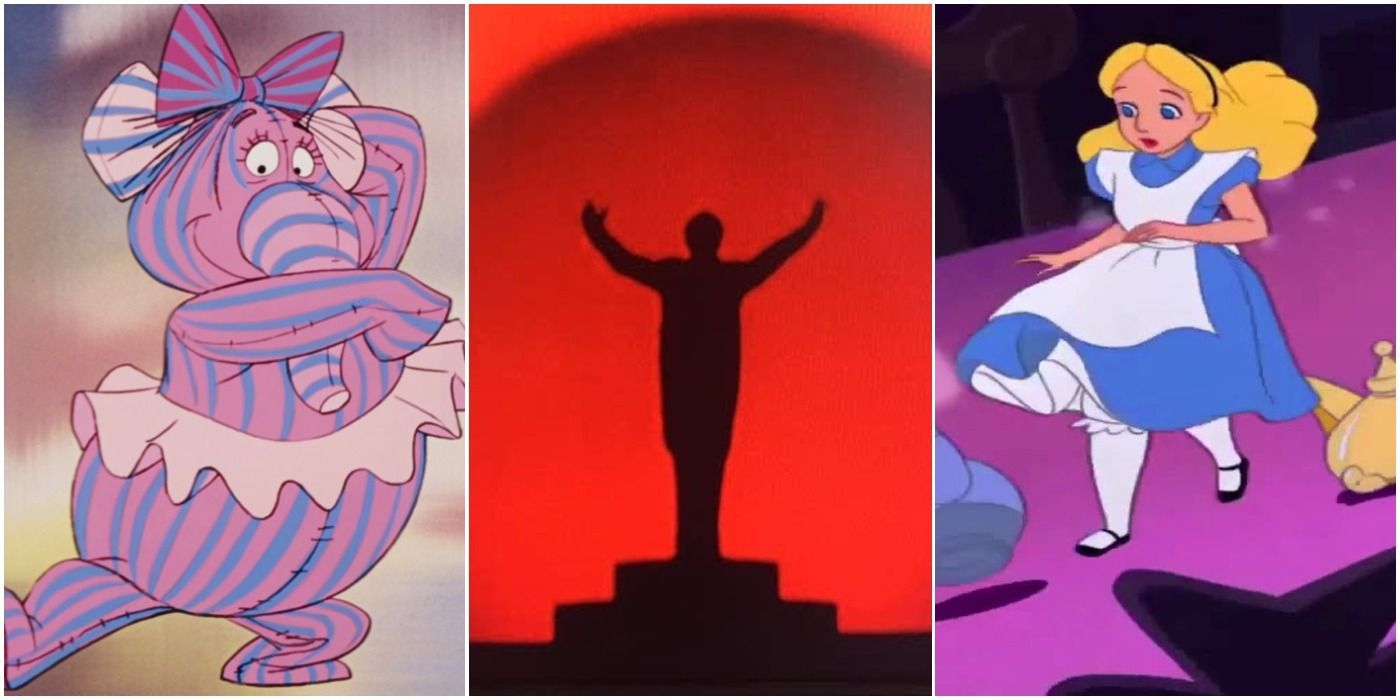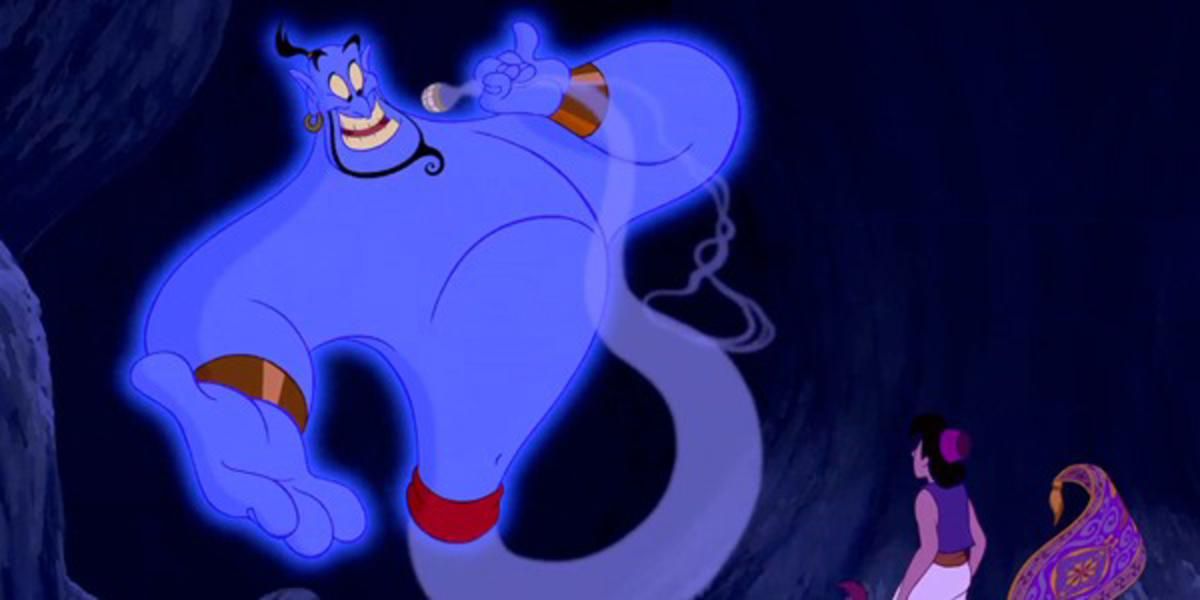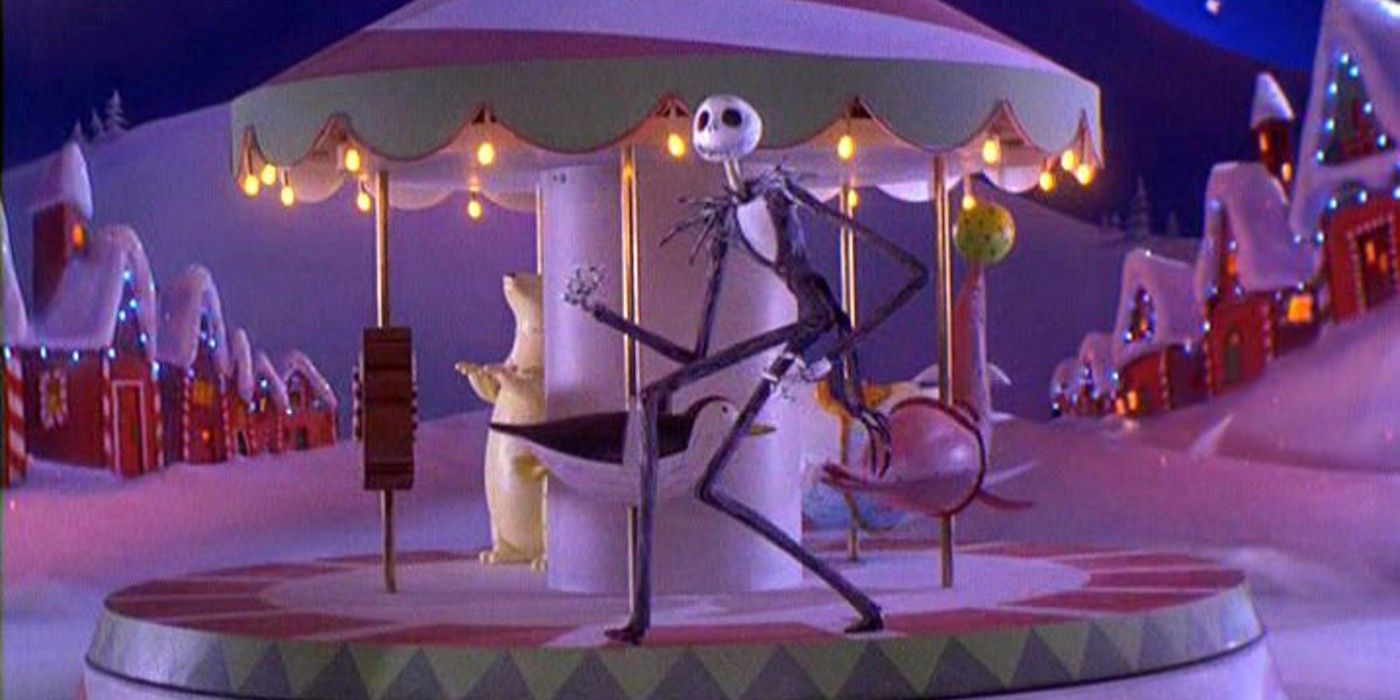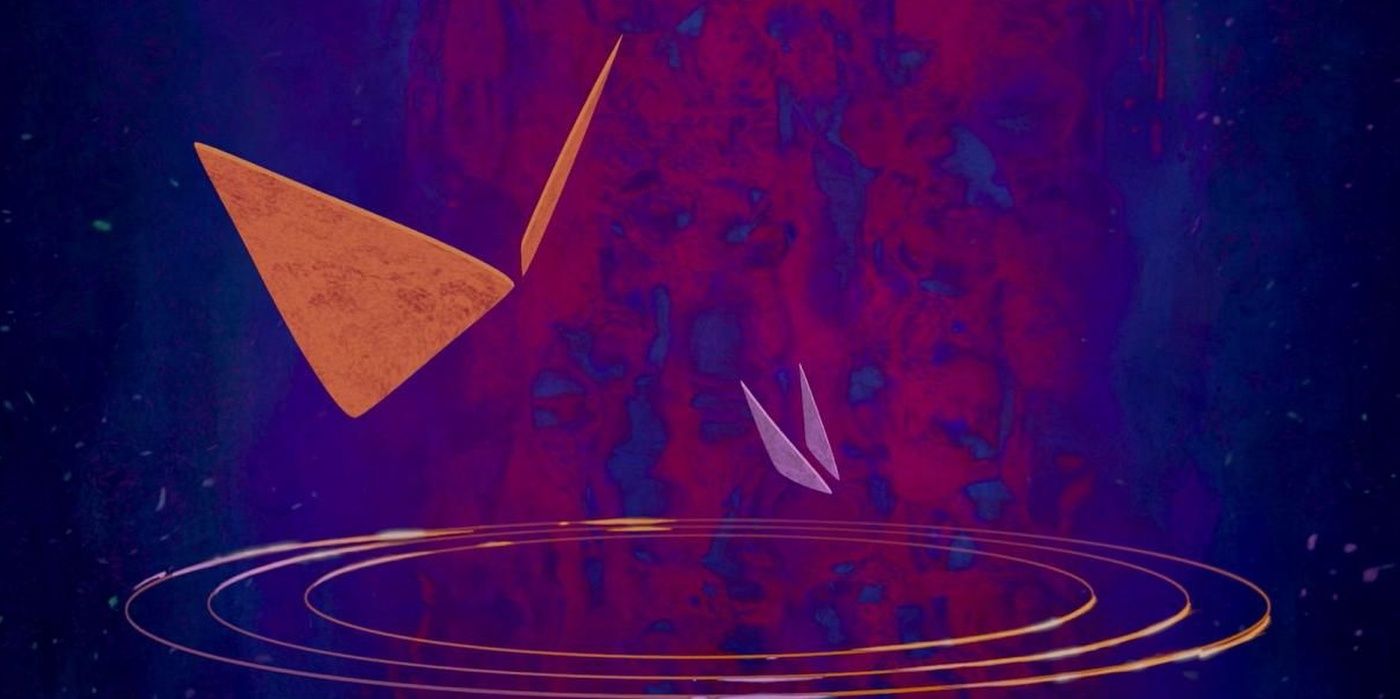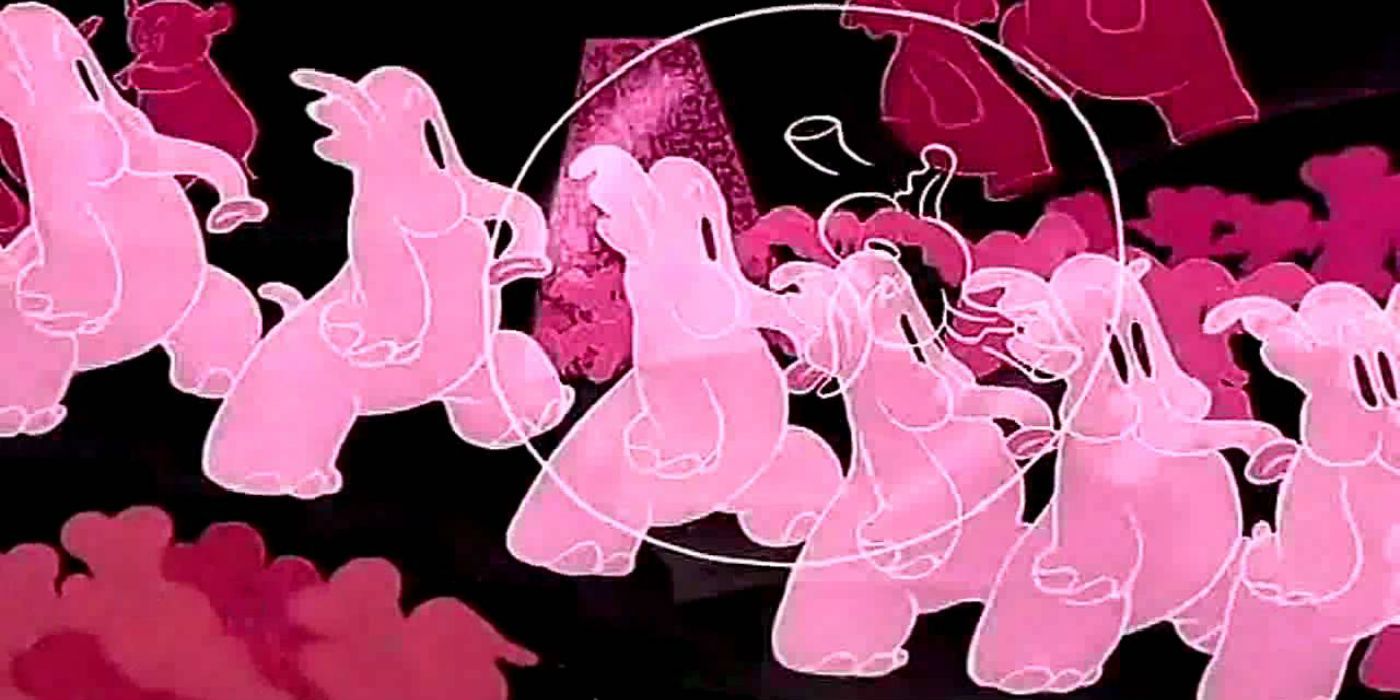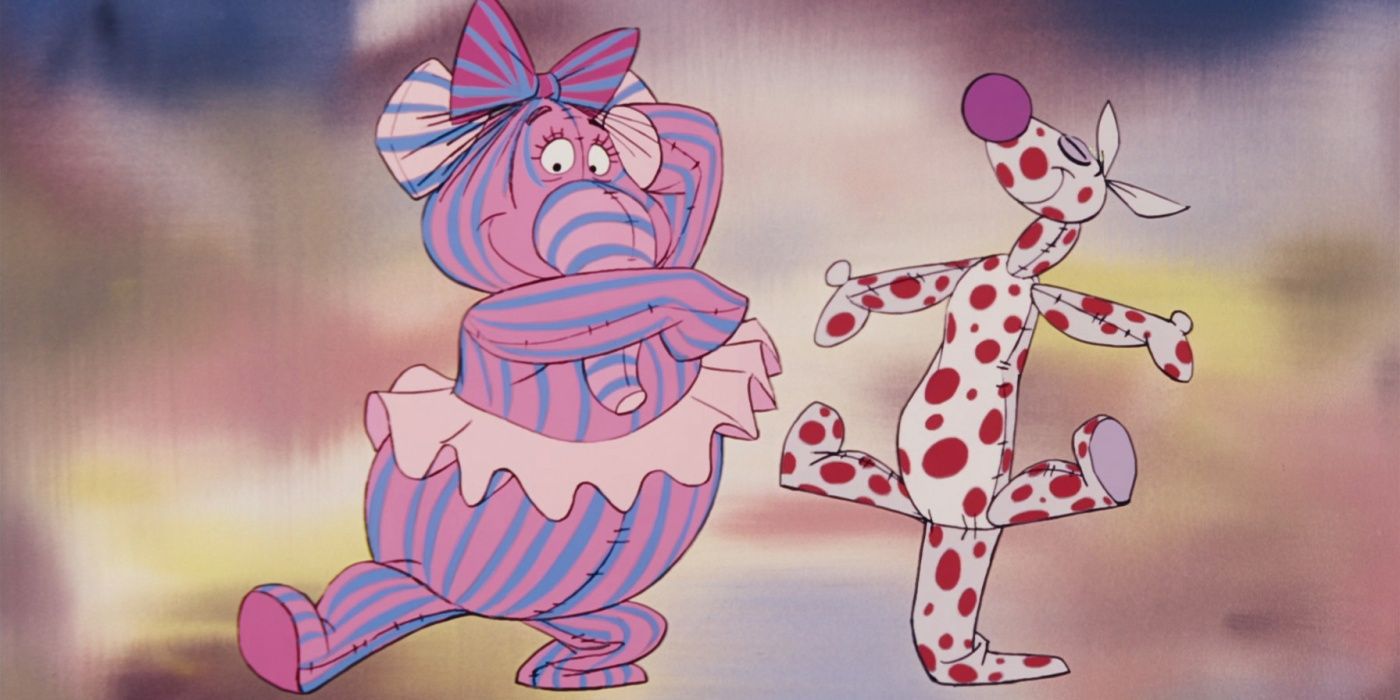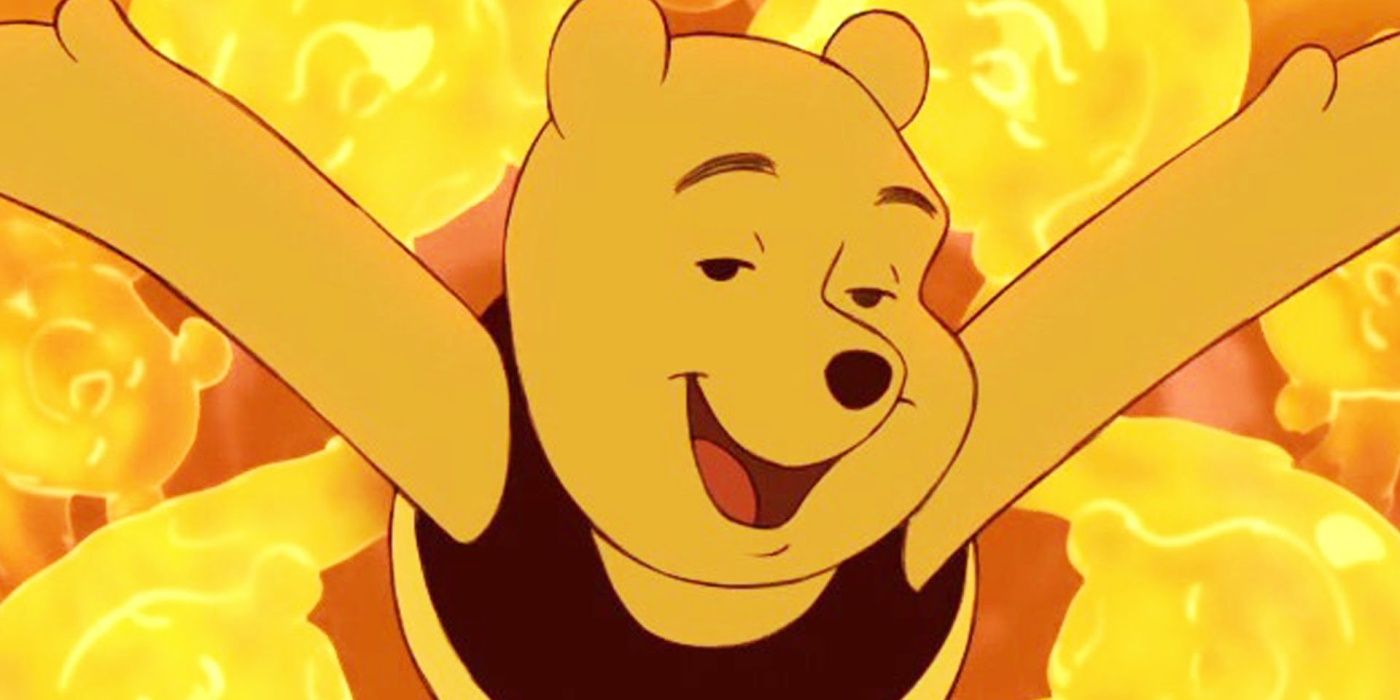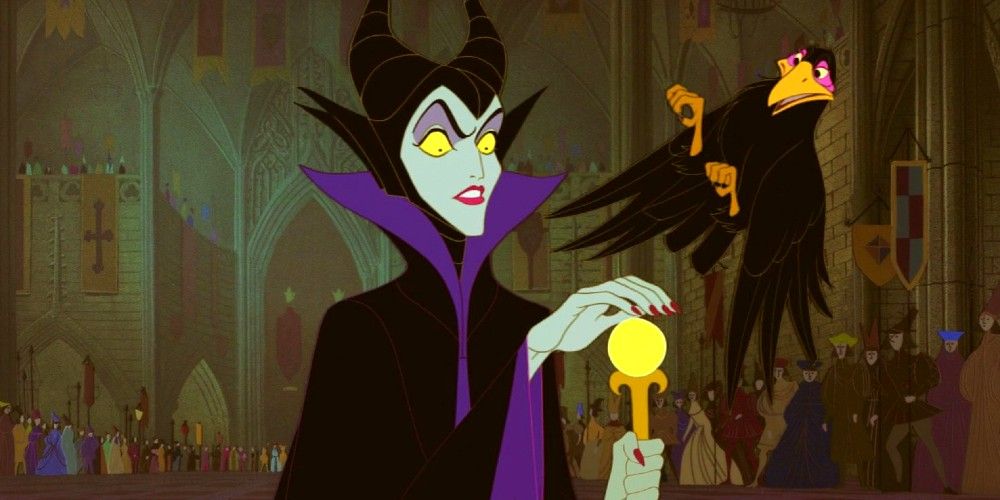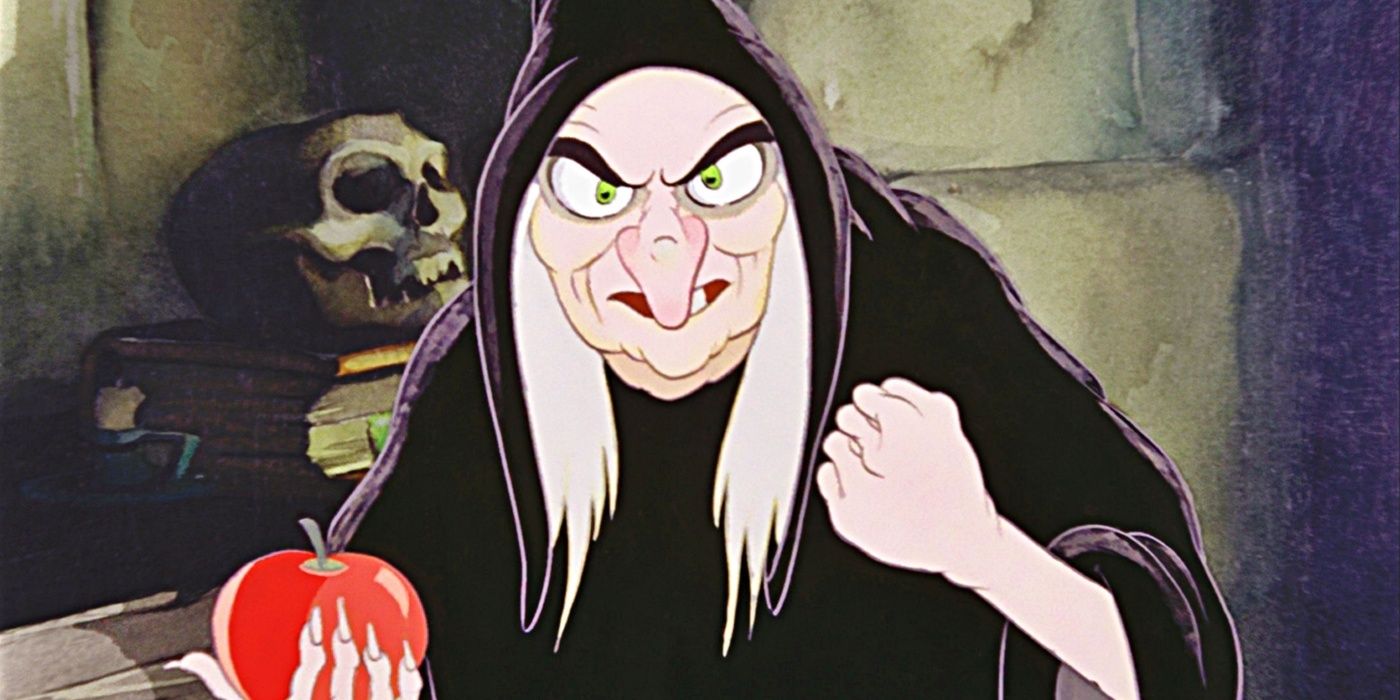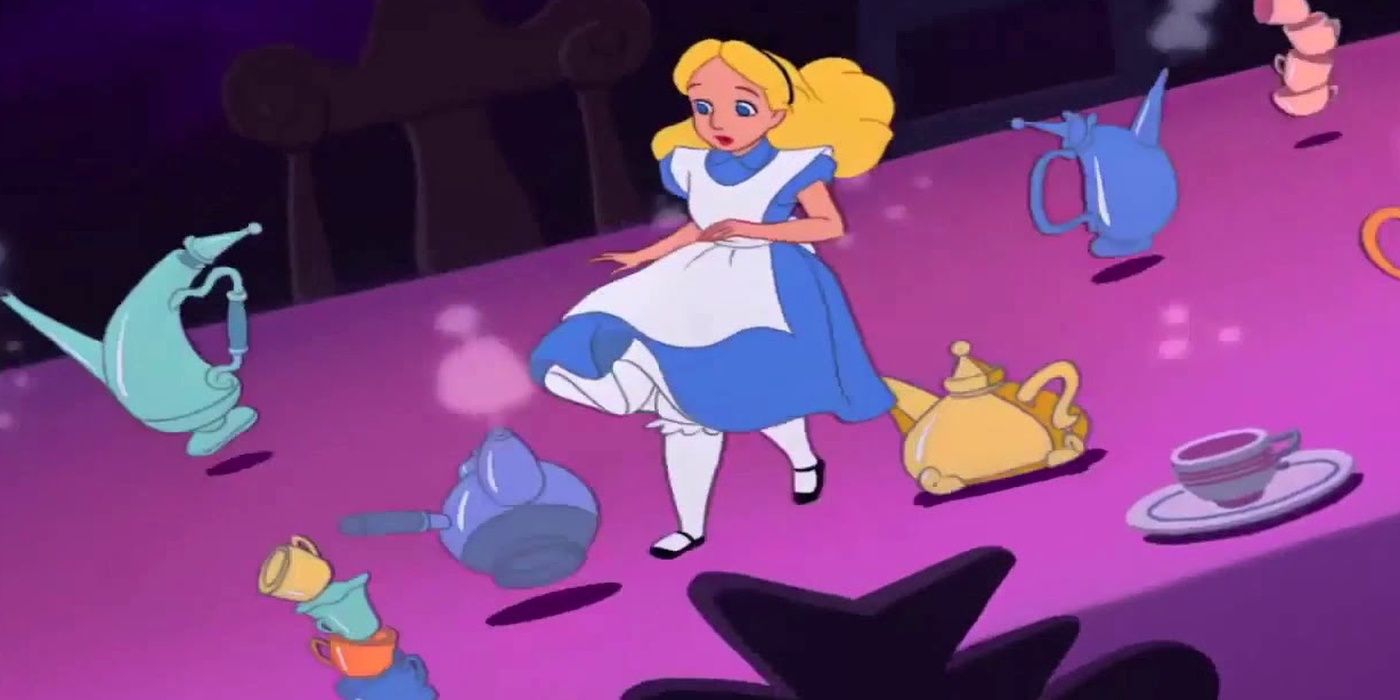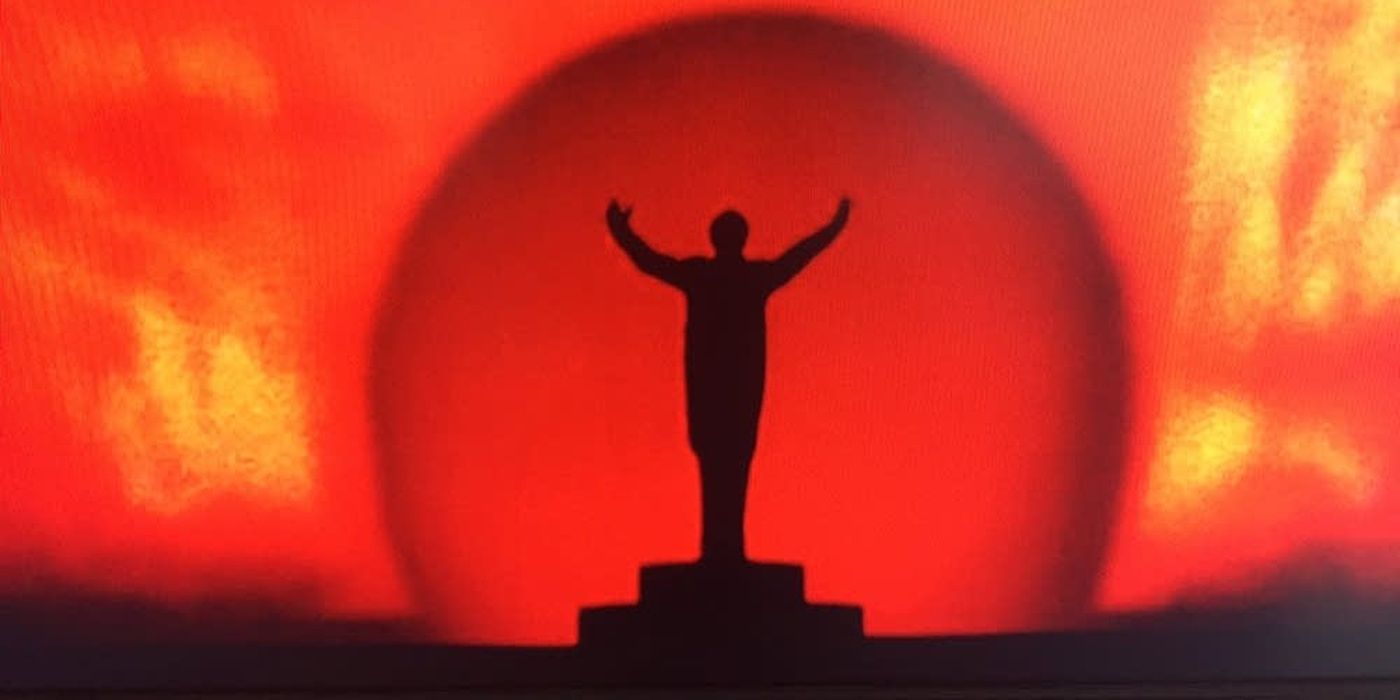The Walt Disney Company is responsible for some of the most incredible feats in animation the world has ever known, that's essentially common knowledge. But if one truly wants to see where the animation department shines, it's when they decide to get a bit experimental. It's quite astounding to see what happens when an artist's mind is allowed to wander.
It's fun to watch an artist have some creative freedom and express their imaginations with a symphony of color and imagery. But at the same time, Disney has had more than a few moments that left fans thinking "What were they on?"
Friend Like Me (Aladdin)
Disney animator Eric Goldberg certainly had his work cut out for him when animating the Genie in Aladdin. But with a personality as vibrant and eccentric as Robin Williams, how could his sequences be anything less than trippy?
Inspired by the flowing art style of Al Hirschfeld, Disney gave the Genie a style all his own and completely different from the rest of the cast. All one has to do is watch "Friend Like Me" to see the wild and crazy palate the artists were dealing with.
Christmas Town (The Nightmare Before Christmas)
"What's This" is the musical moment in the movie where Jack's internal turmoil is washed away in a white wintery flurry aglow with Christmas lights. While it would have been easy to give "This Is Halloween" a spot on the list, it's Christmas Town's clash with the rest of the film's style that takes the cake.
In a world essentially dominated by Tim Burton's brand of weirdness, the bright and colorful aesthetic of the Yuletide season stands out more than the pumpkins screaming in the dead of night.
Bats and Butterflies (Fantasia 2000)
Fantasia 2000 is an underrated animated gem that certainly stands out from its 1940 predecessor, but it opens with one of the most visually interesting and unusual sequences. Known to fans as "Bats and Butterflies," this interpretation of Beethoven's 5th symphony is equally abstract and amazing.
The sequence is like a stained-glass window meeting a living cubist painting. While does have somewhat of a definitive story, the abstract inspirations are still prominent and centerstage.
Pink Elephants on Parade (Dumbo)
One of the many reasons to obtain from drinking, hallucinations. As if a flying circus elephant wasn't a trippy concept on its own, Disney had to get Dumbo drunk.
The Pink Elephants get downright psychedelic for the 1940s, blame the surrealist movement, but sometimes it's hard to tell what their purpose is in the film. Are they supposed to be cute or creepy, magical or malicious, or some odd combination? Do we even want to know?
Heffalumps and Woozles (The Many Adventures of Winnie the Pooh)
"Heffalumps and Woozles" is what the Pink Elephants sequence would be if it were given a bigger and brighter color palate. Giant creatures that steal honey would frighten any sensible Pooh Bear, but since when does Disney ever do anything basic?
They tie themselves in horrible knots, they come in stripes or polka-dots, and they definitely provide a heck of a nightmare for poor Pooh. The Heffalumps and Woozles are giant, colorful, shapeshifting beings that guzzle honey left and right. Talk about a bad dream.
Everything is Honey (Winnie the Pooh)
Pooh seems to have quite a vivid imagination, and that hasn't changed in the 21st century either. In 2011's Winnie the Pooh, Pooh's hunger-induced hallucinations had many long-time fans scratching their heads, but it was still one of the film's most comical moments
Essentially, Pooh becomes so hungry that he starts hallucinating honey everywhere, even on the text of the storybook. What follows is a sticky and sweet musical number populated by honeypots and honey creatures. There's even a honey version of Pooh himself, which he promptly eats.
Maleficent’s Curse (Sleeping Beauty)
And now for something completely different featuring the Mistress of All Evil herself, Maleficent. Maleficent is definitely a Disney character not to be angered. When not invited to Aurora's celebration, Maleficent bestows a death curse from her staff on the sleeping infant.
It's brief, but in a swirl of bats, demons, and evil spirits, Maleficent casts the infamous spinning wheel spell on Princess Aurora. It's definitely a moment that scarred thousands of viewers.
The Queen’s Transformation (Snow White and the Seven Dwarfs)
Speaking of freaky visuals, the Queen's transformation into the old witch in Snow White and the Seven Dwarfs is truly an astonishing feat of what can be accomplished with ink and paint. But it's also one of the most colorful and creepy moments in a Disney film.
With aid of her black magic, the Queen seeks out her wrath against Snow White, but not without doing a little Jekyll and Hyde action. What transpires is a wash of wickedness with some seriously scary visuals.
The Ending (Alice in Wonderland)
Alice in Wonderland is pretty psychedelic, to begin with. But did that stop Disney from going all-in with colorful visuals, kooky characters, and an all-out kaleidoscopic experience? Nope.
The ending is where this concept particularly shines, as all the characters and creatures Alice has encountered over her journey come charging after her down a swirling vortex. It would seem Alice might have been eating a little bit more than mushrooms on her trip down the rabbit hole.
Fantasia as a Whole
Aside from the "Sorcerer's Apprentice" sequence, the imagery, plots, and styles all came from the minds of the artists. Naturally, this made for the perfect breeding ground for psychedelic artistry.
From "Tocatta En Fuge" to "Night on Bald Mountain/Ave Maria" the film is packed to the gills with experimental animation, eccentric shapes, and colors, and sequences that were pretty bold for something made in 1940. For further proof of the film's psychedelic nature, it was re-released in the '60s to a much more receptive audience. Any guesses why?

